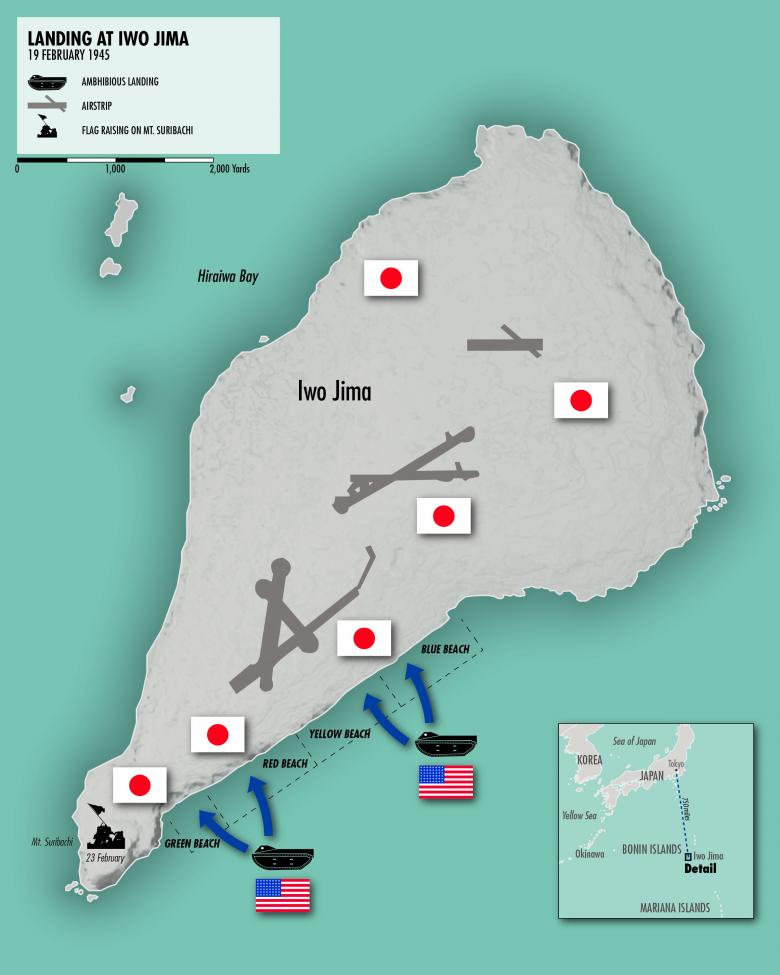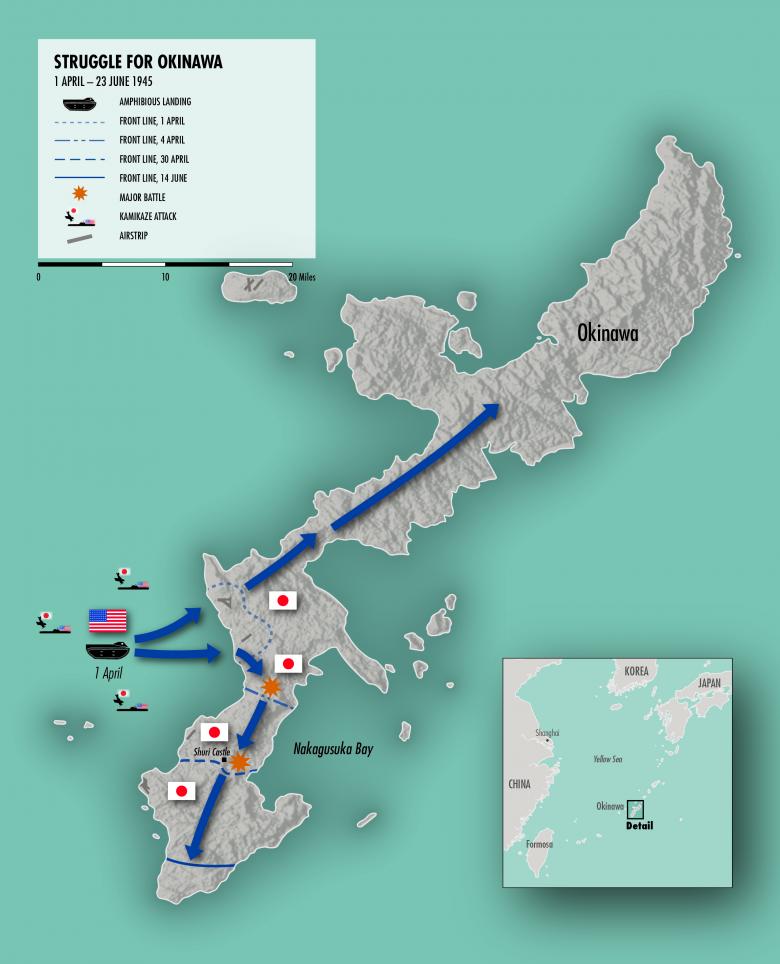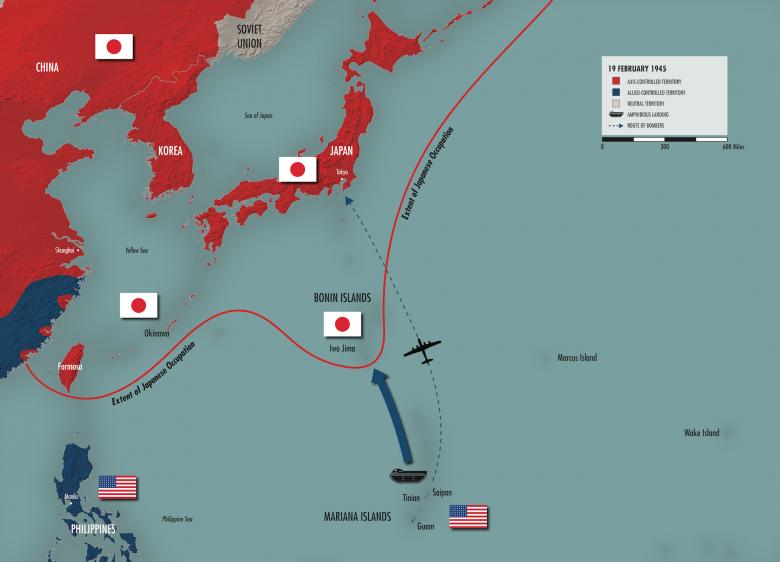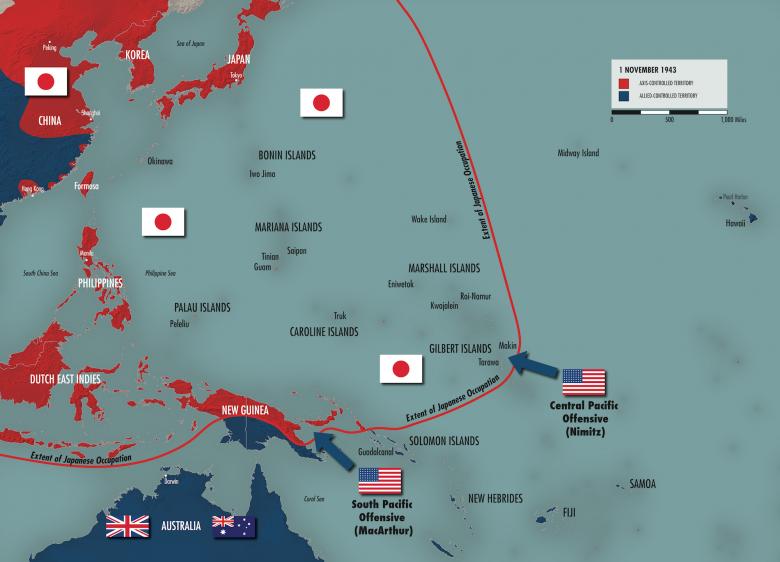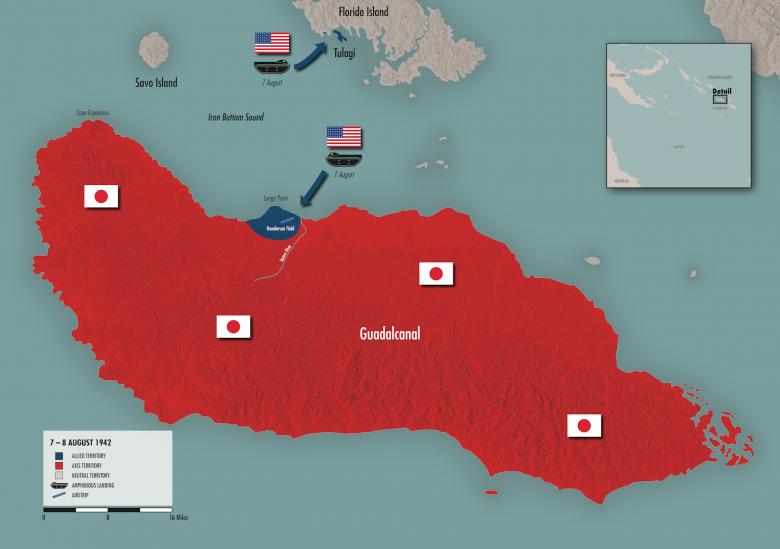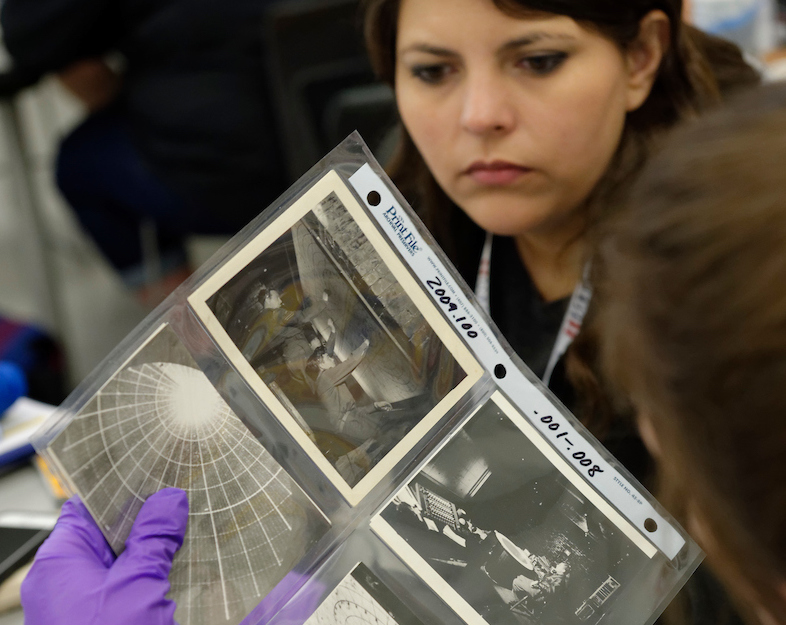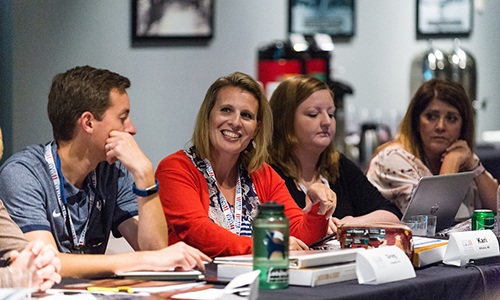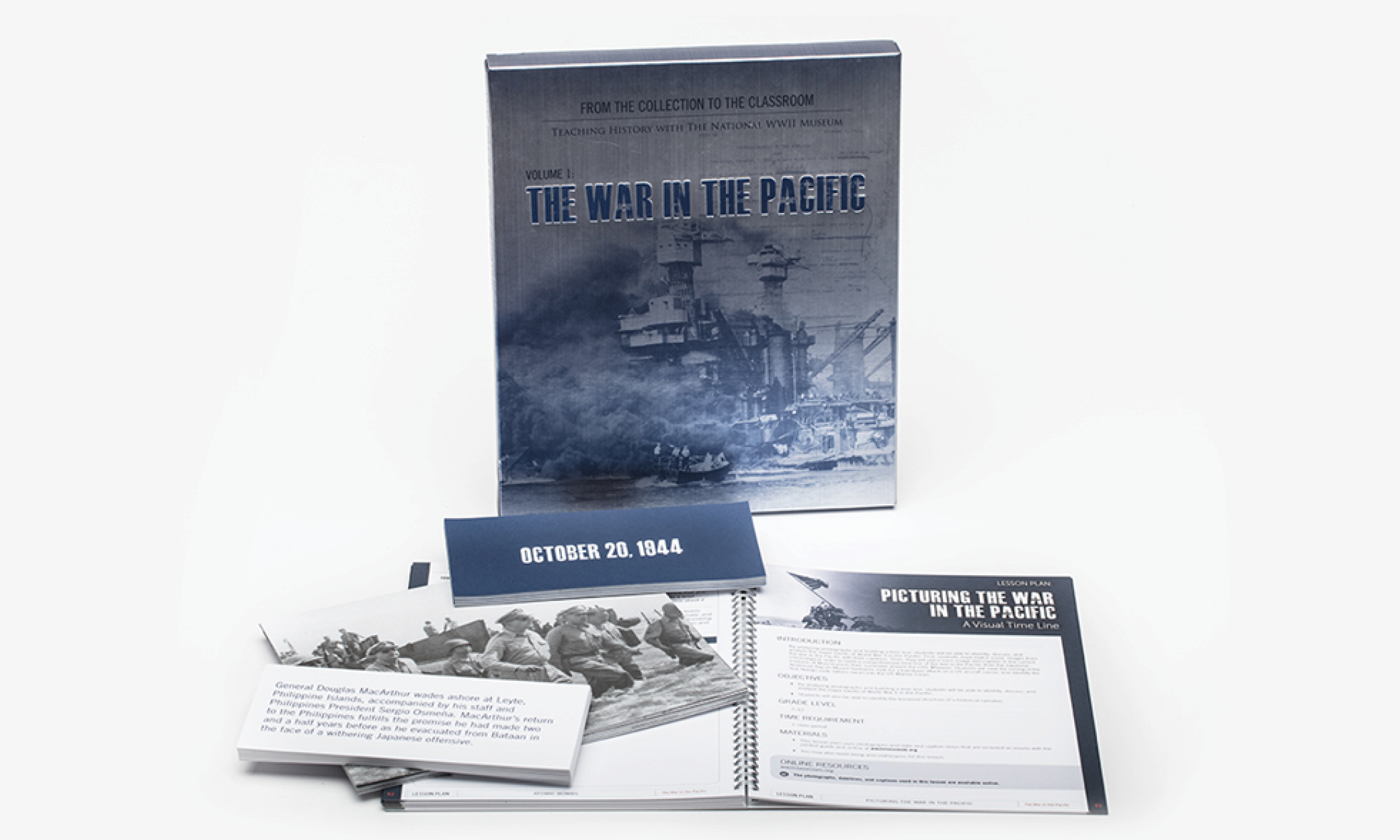
Race and War in the Pacific
The struggle between US and Japanese forces in the Pacific was characterized by racial stereotyping and demonization of the enemy on both sides.
American Indian Code Talkers
Hundreds of American Indians used their native languages to help the Allies communicate in secret during World War II.
Iwo Jima and Okinawa
These two battles in the central Pacific were some of the bloodiest of the war for both US and Japanese forces.
The Pacific Strategy, 1941-1944
Learn how the US military turned the vast expanses of the Pacific into a benefit instead of a hindrance during World War II.
The Solomon Islands Campaign
In August 1942, the US mounted its first major amphibious landing of World War II at Guadalcanal. A fierce battle followed between Japanese and American forces on land, at sea, and in the air.
